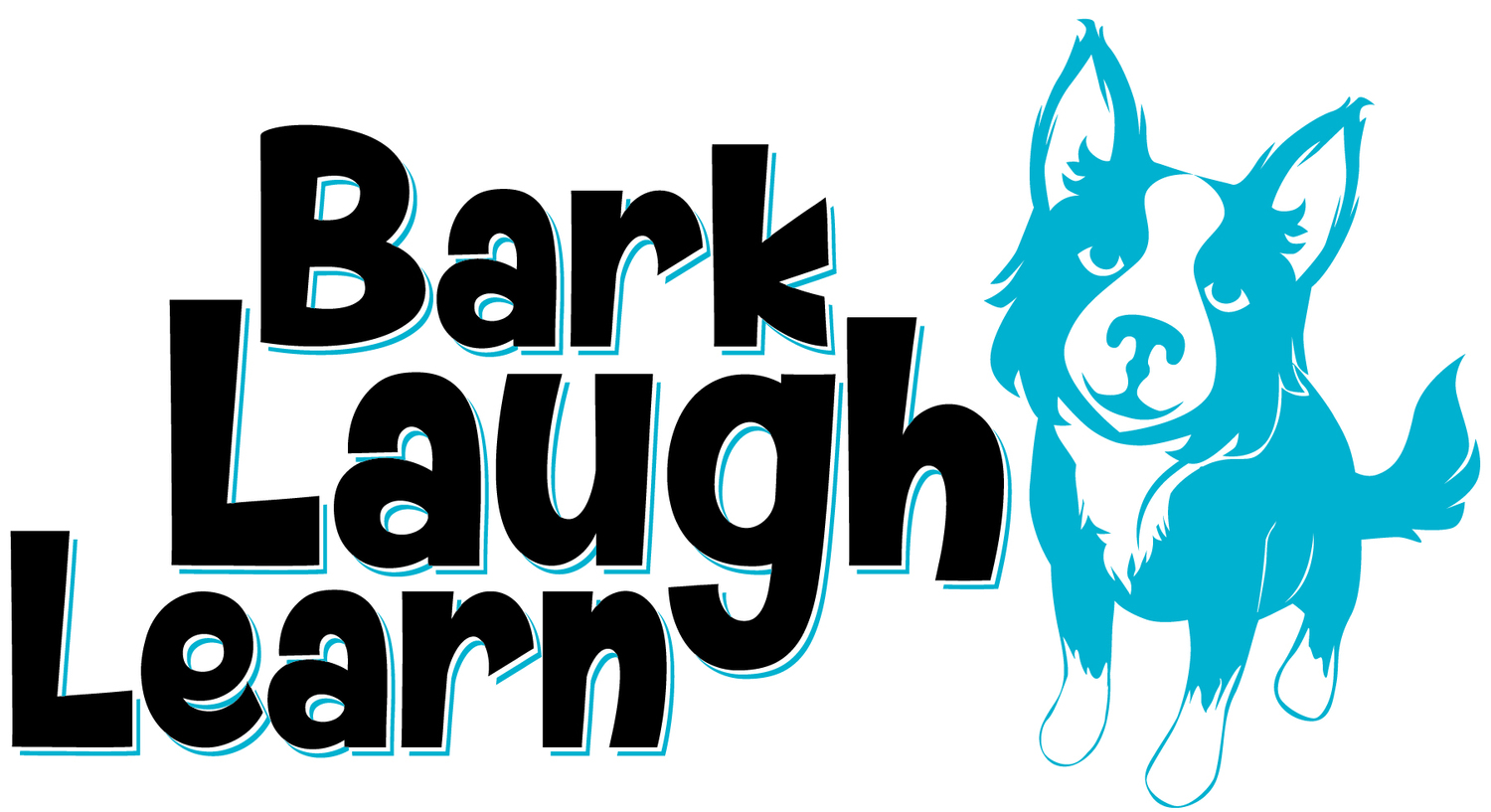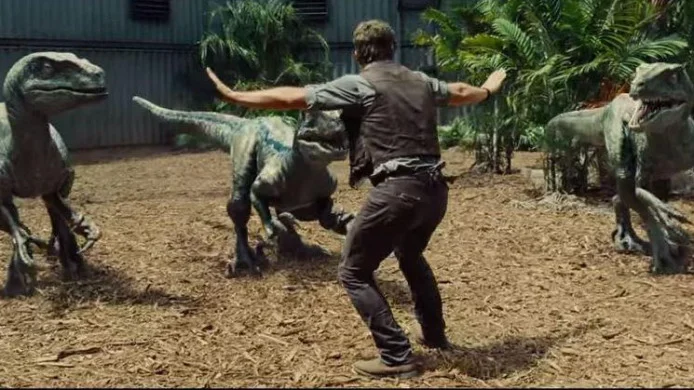Summertime Space
/Ah Summertime! Sun, lakes, trails, biking, hiking, playing, and getting out! Summer is when even the most introverted of people get out and get more active. This also means that many dogs are out and about too, some which don't like people, kids, dogs, wheels, or other things.
A common theme I've head this Summer is, "my dog is aggressive towards other dogs." While there are aggressive dogs, typically the underlying issue is a lack of space and understanding on the handlers part. Most dogs do well with other dogs, if they have the proper space and their handler understands their dog's body language. Giving your dog space on walks, seeking the side of the trail as others pass, taking a longer route to avoid the barking dogs in a yard, and keeping your dog on leash at the lake isn't cruel. It also doesn't make you a bad handler. It's actually setting them up for success.
No one loves every person they meet and dogs are no different. Expecting a dog that instantly snaps at others, growls, or avoids dogs all together to be a social butterfly isn't fair. So rather than wishing you had a socialite, respect the dog you have and be realistic in your expectations. Dogs that need space aren't bad dogs and as handlers the best thing we can do is honor our dogs needs when we're out and about.
The next time you take your dog out, just pause. Assess whether the environment is one they'll be comfortable in. If you answer yes, plan extra time to take the space you need for success. This small but important thought process will save you and others a lot of headaches.






